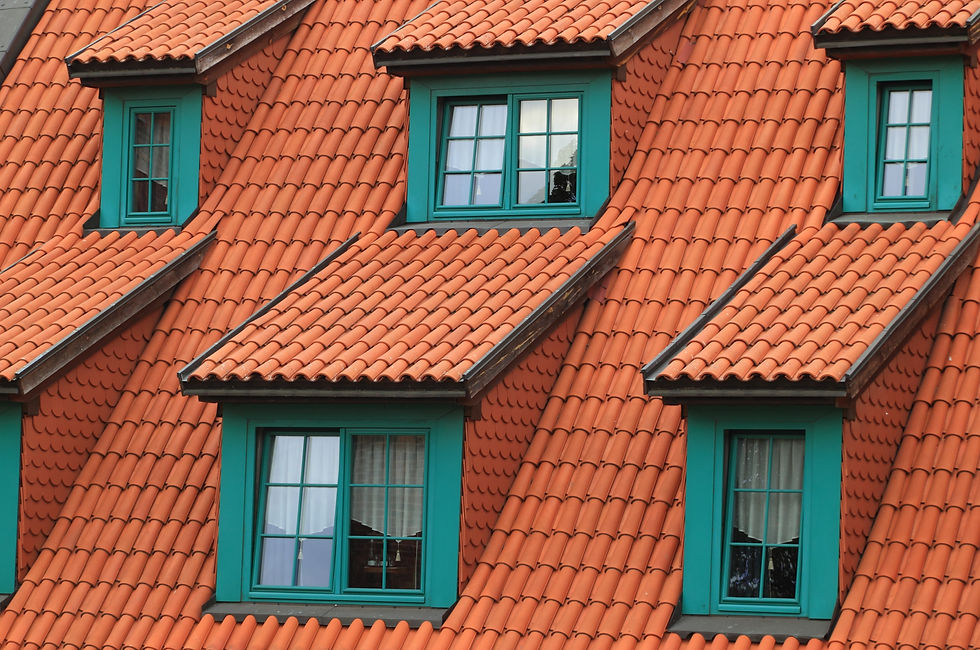
Roof leaks are every homeowner’s worst nightmare. It can get quite annoying to bring in drip buckets every time it rains, but what could be more annoying is realizing that it can lead to bigger roofing issues, if not repaired promptly. The sooner you check and repair roof leaks, the better.
At First Choice Roofing, we know how frustrating and costly it is to repair damages caused by undetected roofing issues. That is why we’ve compiled a list of the most common reasons that cause leaky roofs to help you out. Read on to learn what to watch out for and when it’s time to call for help.
Broken shingles
Shingles are the outermost layer of your roof, so they are usually the first part to be damaged by heavy storms. It is fairly easy to discover if they’re broken. After a heavy storm, look for different-colored patches on your roof, or maybe even shingles littered all over your yard.
Broken flashing
Flashing is used to create a water-resistant barrier in your roof. Usually, they will look like long thin pieces of metal under shingles and on the joints of the roof. The flashing is often sealed together using tar.
Flashing cracks when the tar sealing it together corrodes over time. When the tar corrodes, the flashing becomes exposed to natural elements, weathering it and causing it to break.
Stuffed gutters
Gutters are where rainwater passes through from a roof. At times, leaves, branches, and other debris may block these gutters and clog them, causing rainwater to pool in one area of the roof instead of flowing down. When this happens, the rainwater tends to seep through cracks.
See if there are leaves sticking out of the gutter, or if the rainwater isn’t coming out of your downspouts. It’s also a good practice to have your gutters regularly checked to avoid further leaks.
Gaps in valley gutters
Valley gutters are sloped areas where two planes of roof meet. Valleys receive rainwater from the adjacent roofs and then to the lower perimeter gutters. That said, rainwater can come in when these valleys have gaps. Aside from improper sealing, these gaps open after being stepped on.
Ice dam accumulation
Melted snowfall sometimes refreezes after reaching your roof’s exterior edge, causing a ridge of ice to build up there. The weight of this so-called ice dam can damage your roof.
Improper installation of skylights
Skylights are beautiful as they let in natural light, but not so much when they start to let in water too! With proper installation, skylights should be good at resisting leaks. But if you’re seeing water staining along the edges of your skylights, it’s time to have it checked out.
One way you can prevent roof leaks along your skylights is by ensuring that they are properly measured and fitted upon installation.
Old materials
Over time, the materials in your roof will deteriorate and wear out. Roofs don’t last forever, after all. If you know that your roofing materials have already gone beyond their life expectancy and you start to see damages and leaks, it is time to have it checked up and repaired.
Conclusion
While some of these may be prevented by proper construction and installation, there are other factors, like the weather, that are out of your control. Natural elements like strong winds and even the aging of your roof are inevitable, but the good news is that we’re here to help!
Our experts at First Choice Roofing serve the surrounding Central Kentucky area. If you’re in need of quick and efficient roof installation or gutter replacement services, contact us today!


Comments